I never knew why watercolour artists would splatter their works with, what seemed to me, random drops of paint, knocked from their wet brushes. It seems very odd to me, at least at first, to work on preparing a painting, however simple, then splatter some additional spots on it after. The finishing touch’s so to speak.
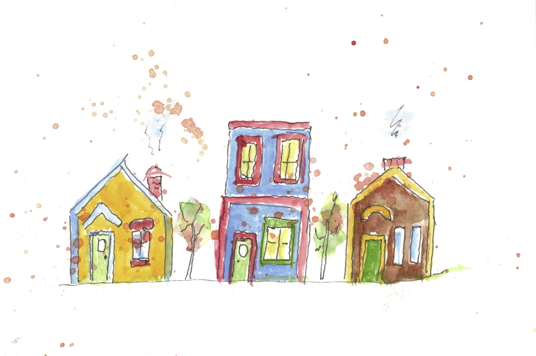
I needed to ask my friend, Amila Instine to help explain it to me. Now it makes some sense.
Splattering paint on a picture, known as the “splatter technique” or “splatter painting,” is a method used by artists to add texture, movement, and spontaneity to their work. This technique is often associated with abstract and contemporary art and can be found in various mediums, including watercolor painting. There are several reasons why artists choose to incorporate splatters into their paintings:
- Expressiveness and Energy: Splattering paint can create a dynamic and energetic quality in a painting. The random and unpredictable patterns formed by the splatters can convey a sense of movement and spontaneity, injecting life and vitality into the artwork.
- Texture and Depth: Splattering can add texture to the surface of the painting, creating visual interest and depth. The raised droplets of paint catch the light differently, enhancing the overall tactile experience of the artwork.
- Unpredictability: The unpredictable nature of splattering can introduce an element of chance into the artistic process. Artists may embrace the randomness of the splatter technique to allow for unexpected and unique patterns to emerge, fostering a sense of experimentation and creativity.
- Atmosphere and Mood: Splattering can be used to evoke a certain atmosphere or mood in a painting. For example, subtle and controlled splatters may convey a calm and serene ambiance, while bold and chaotic splatters might suggest excitement or intensity.
Each artist brings their unique style and approach to this method, resulting in a diverse range of expressive and captivating paintings.
Now, you and I know!
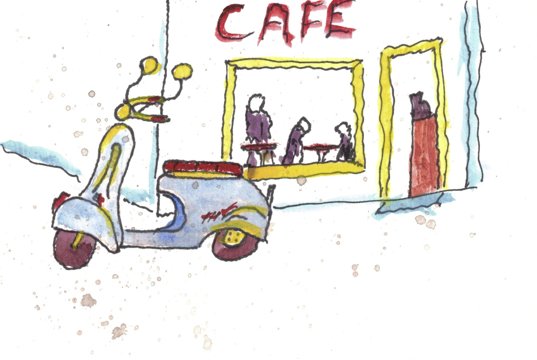
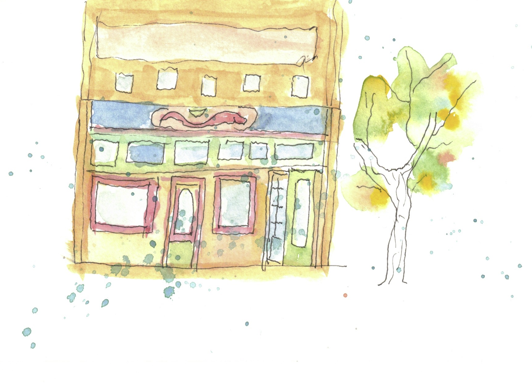
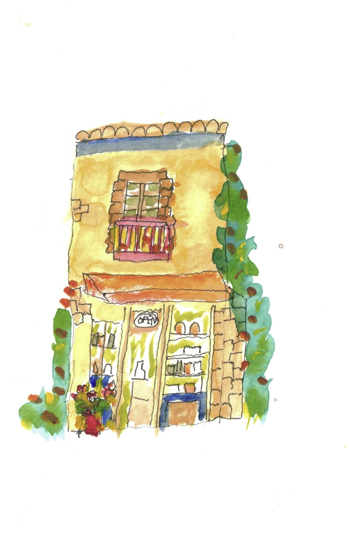
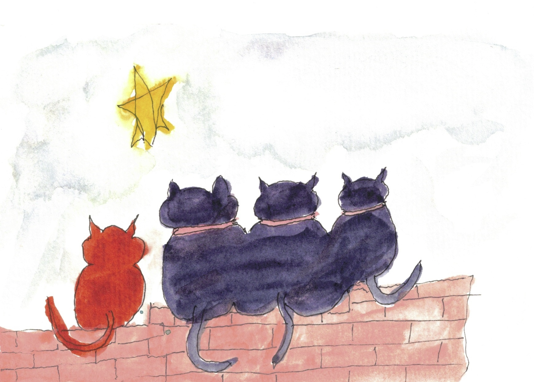

Be First to Comment